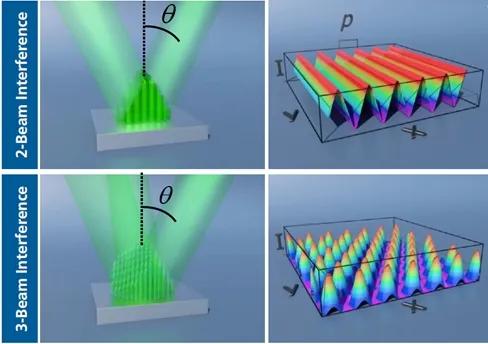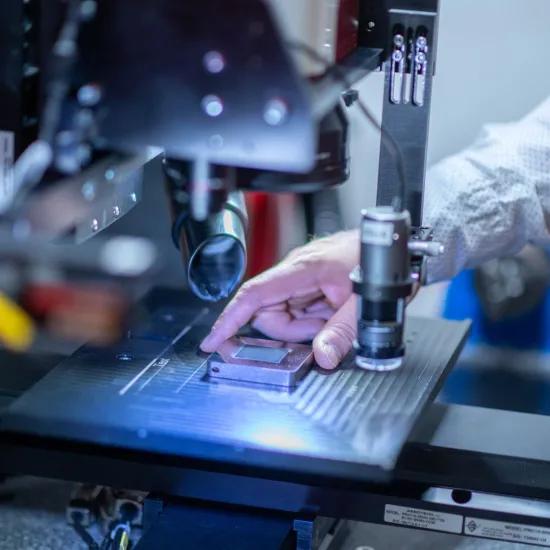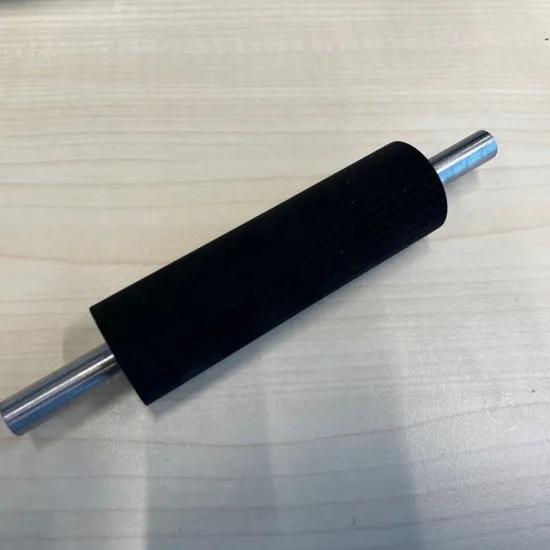The application of nanotextures with ultra-short pulsed lasers remains interesting for many applications and LIPSS (laser induced periodic surface structures) is the most widely used technique. A newly developed module makes it possible to achieve more precise, higher-quality structures, even on large surfaces. This is particularly interesting for anti-icing surfaces, as applied in aviation or wind energy.
The application of nanotextures using ultra-short pulsed lasers is and will remain a topic of interest for many applications. It allows you to make surfaces water-repellent, apply antibacterial properties, make wings ice-resistant or create optical effects. At present, this is mainly done by using LIPSS (laser induced periodic surface structures). These structures in the order of the wavelength of light exist through physical phenomena that occur during the ablation process, and are even the subject of debate in the scientific world. However, this doesn’t prevent engineers from already using them to the full.
Armed with this knowledge, Fraunhofer has recently developed a module that can be installed in laser texturing machines and uses the concept of destructive interference between two or more laser beams to create unique nanostructures. This technology, called direct laser interference patterning (DLIP), creates more precise and higher quality structures, suitable for large surfaces.
(DLIP Principle, source Fraunhofer IWS)Potential for anti-icing surfaces
One of the most interesting applications of this technology is ice-resistant surfaces, which are very interesting for use in aviation or wind energy. Current systems for de-icing wings are mostly based on active systems that require energy and space. This increases the complexity and mass of the blade or wing, which has a negative impact on performance. Coatings can also work, but are highly susceptible to wear and tear over time, due to rain drops, for example. Textures can offer a solution here.
Tests at Fraunhofer IWS have shown that the structures made by DLIP allow up to 75 percent less ice adhesion. In addition, if a hybrid system is used that still heats the blade, up to 80 per cent less energy is required to de-ice the blade. This can greatly reduce the complexity, mass and cost of such a system, with the same positive results.
Sirris has recently become active on this topic in the COOCK project Fighting Icing, and the laser technology is further demonstrated in the COOCK project Surfacescript. Questions on this topic? Then be sure to contact us on!
(Source picture above: https://www.dreamstime.com)





